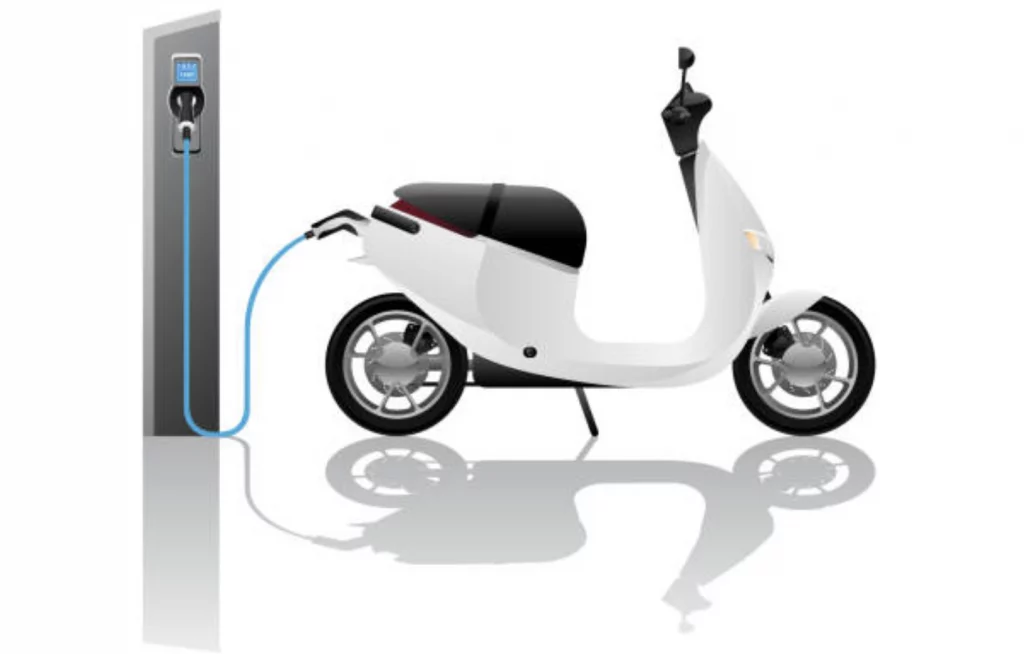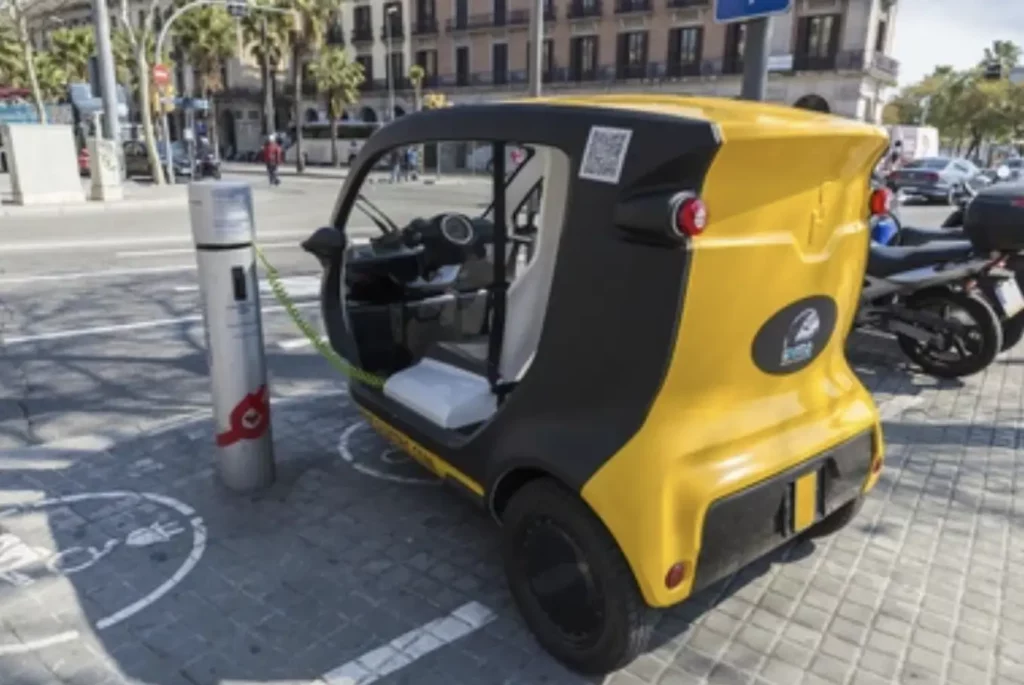
India’s electric vehicle (EV) landscape is shifting gears, and e-bikes are leading the charge. The Ministry of Heavy Industries (MoHI) proposed overhaul of the FAME-II scheme prioritizes these two-wheeled vehicles, promising a significant boost in funding and potential reshaping of the EV market.
But why the sudden focus on e-bikes, and what are the implications for other segments?
Let’s explore the electrifying journey ahead.
Why the Emphasis on E-Bikes?
In 2023, e-bikes claimed an impressive 57% of India’s electric vehicle (EV) market share, showcasing their dominance. Their popularity stems from their affordability, suitability for urban settings, and positive environmental impact.
E-bikes provide a more accessible gateway to the EV market compared to higher-priced four-wheelers, ideal for steering through busy streets and securing limited parking spaces.
Moreover, their emission-free operation resonates with India’s drive towards cleaner air and eco-friendly transportation solutions.
More Funds, More E-Bikes
The proposal from MoHI seeks to leverage the growing momentum behind e-bikes.
It entails a remarkable 165% surge in funding for these agile vehicles, which could result in enhanced subsidies and more appealing price points for budget-conscious consumers.
This initiative is anticipated to expedite the adoption of e-bikes, triggering a cascade of advantages:
- Faster EV Adoption: Increased subsidies have the potential to attract a greater number of individuals to opt for e-bikes, thereby hastening the overall transition to electric vehicles (EVs) in India.
- Manufacturing Boom: The proposal encourages domestic production of e-bike components, boosting the Indian EV ecosystem and creating employment opportunities.
- Cleaner Air: Increased e-bike usage translates to fewer emissions from conventional vehicles, contributing to improved air quality, especially in urban areas.
Impact on Other Segments

This surge in e-bike focus comes at a cost for other FAME-II segments. While electric three-wheelers (E-3Ws) and four-wheelers (E-4Ws) see modest funding increases, electric buses and other categories face potential reductions. This has sparked the below concerns:
- E-3Ws: These workhorses play a crucial role in last-mile transportation and cargo delivery, particularly in smaller towns and cities. Reduced funding could hinder their adoption, impacting livelihoods and economic activity.
- E-4Ws: Despite a smaller market share currently, their growth is vital for achieving India’s long-term EV goals. Reduced funding could slow down their progress, potentially impacting the overall EV ecosystem.
Challenges and Opportunities
MoHI’s proposal presents both exciting opportunities and significant challenges. The success of this overhaul hinges on several key factors:
- Securing Additional Funding: The proposed INR 1,500 crore increase requires approval from the Finance Ministry.
- Ensuring Equitable Distribution: The increased e-bike allocation needs strategic distribution across different segments and price ranges to reach a broader audience.
- Bridging Infrastructure Gaps: The development of charging infrastructure must keep pace with the anticipated surge in e-bike adoption.
- Fostering Innovation: Continued emphasis on research and development is crucial to enhance e-bike performance, range, and affordability.
Conclusion
The proposed restructuring of FAME-II signifies a bold step towards electrifying India’s transportation sector. While challenges exist, the potential benefits are undeniable.
By prioritizing e-bikes while ensuring balanced growth across segments and addressing infrastructure deficiencies, this initiative could propel India towards a cleaner, more sustainable future.
